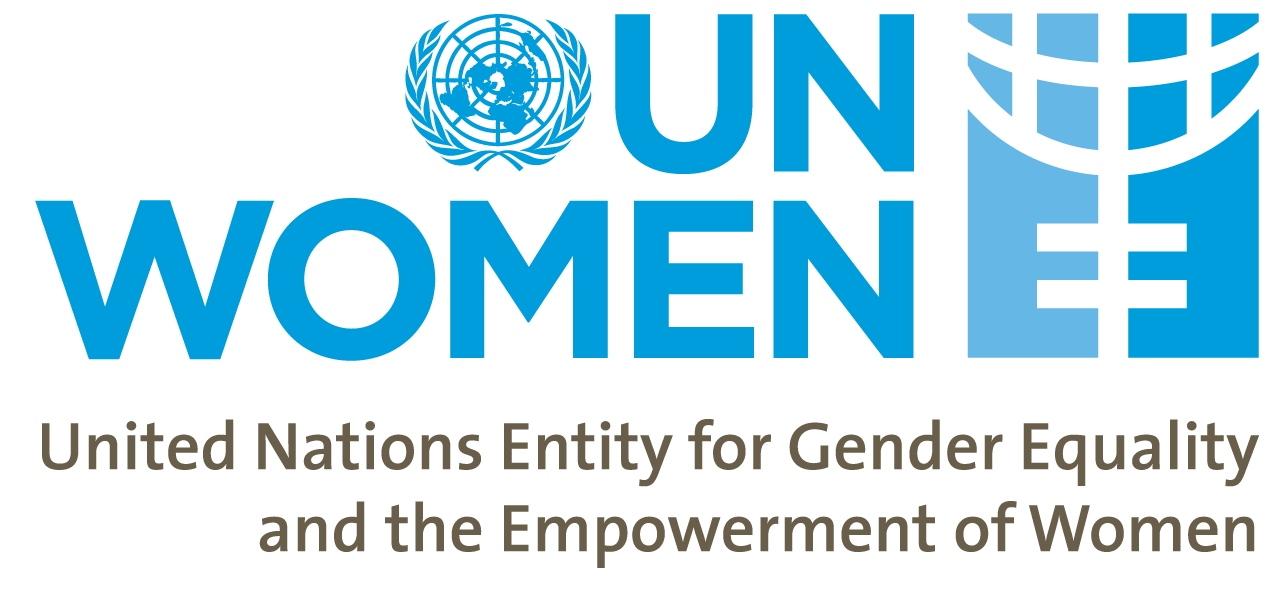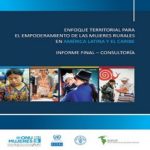In July 2010, the United Nations General Assembly created UN Women, the United Nations Entity for Gender Equality and the Empowerment of Women.
In doing so, UN Member States took an historic step in accelerating the Organization’s goals on gender equality and the empowerment of women.
The creation of UN Women came about as part of the UN reform agenda, bringing together resources and mandates for greater impact. It merges and builds on the important work of four previously distinct parts of the UN system, which focused exclusively on gender equality and women’s empowerment:
- Division for the Advancement of Women (DAW)
- International Research and Training Institute for the Advancement of Women (INSTRAW)
- Office of the Special Adviser on Gender Issues and Advancement of Women (OSAGI)
- United Nations Development Fund for Women (UNIFEM)
The main roles of UN Women are:
- To support inter-governmental bodies, such as the Commission on the Status of Women, in their formulation of policies, global standards and norms.
- To help Member States to implement these standards, standing ready to provide suitable technical and financial support to those countries that request it, and to forge effective partnerships with civil society.
- To hold the UN system accountable for its own commitments on gender equality, including regular monitoring of system-wide progress.
Members:
Resources
Displaying 6 - 10 of 33Women and natural resources:Unlocking the peacebuilding potential
This report is the product of a two-year collaboration between the four partners to: (i) improve the understanding of the complex relationship between women and natural resources in conflict-affected settings, and (ii) make the case for pursuing gender equality, women’s empowerment and sustainable natural resource management together in support of peacebuilding. Part 1 provides an analysis of the relationship between women and natural resources in peacebuilding contexts, reviewing key issues across three main categories of resources, including land, renewable and extractive resources.
Enfoque territorial para el empoderamiento de las mujeres rurales en América Latina y el Caribe
América Latina y el Caribe (ALC) se presenta, ya entrado el siglo XXI, como un continente contradictorio y heterogéneo, en el que conviven realidades de profundas diferencias. A la vez que se destacan en el continente las llamadas economías emergentes por sus años sostenidos de crecimiento económico, perduran casos de persistente pobreza y precariedad social e institucional.
Enfoque territorial para el empoderamiento de las mujeres rurales en América Latina y el Caribe
América Latina y el Caribe (ALC) se presenta, ya entrado el siglo XXI, como un continente contradictorio y heterogéneo, en el que conviven realidades de profundas diferencias. A la vez que se destacan en el continente las llamadas economías emergentes por sus años sostenidos de crecimiento económico, perduran casos de persistente pobreza y precariedad social e institucional.
Enfoque territorial para el empoderamiento de las mujeres rurales en América Latina y el Caribe
América Latina y el Caribe (ALC) se presenta, ya entrado el siglo XXI, como un continente contradictorio y heterogéneo, en el que conviven realidades de profundas diferencias. A la vez que se destacan en el continente las llamadas economías emergentes por sus años sostenidos de crecimiento económico, perduran casos de persistente pobreza y precariedad social e institucional.
Enfoque territorial para el empoderamiento de las mujeres rurales en América Latina y el Caribe
América Latina y el Caribe (ALC) se presenta, ya entrado el siglo XXI, como un continente contradictorio y heterogéneo, en el que conviven realidades de profundas diferencias. A la vez que se destacan en el continente las llamadas economías emergentes por sus años sostenidos de crecimiento económico, perduran casos de persistente pobreza y precariedad social e institucional.



